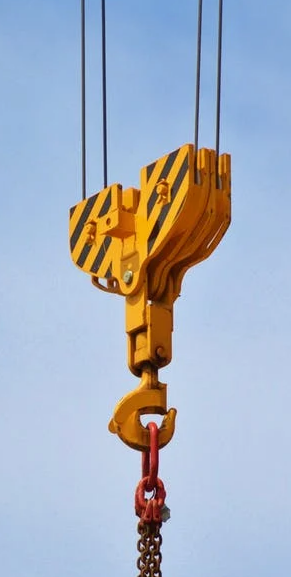This is a guide to help you understand what mechanical manufacturing process might suit your product or part.
| Production / Prototype | Custom Tooling | Material | part cost | tool cost | Estimated Lead Time | Estimated MOQ | Limitations | Suitability / example | |
|---|---|---|---|---|---|---|---|---|---|
| Die Casting | Production | Yes | Metals | Low | mid | 3-4 months | 1.5k | Not very strong, may require additional machining | A water pump housing |
| Forged | Production | Yes | Metals | Mid | high | 4-6 months | 1.5K | Tools are expensive | where things need to be strong. a metal hook. |
| Metal extrusion | Production | Yes | Metals | Low | mid | 2-4 months | 500Kg | only 2D profiles | An aluminium window frame |
| CNC machined | Both | Not required | All | High | Low if required | 1 week | 1 | Expensive per part cost | where tolerances are important and for prototyping metal parts. |
| Sheet metal Folded | Both | Not required | Metals | Mid | Low if required | 1 week | 1 | Only folds or wraps | Folded metal boxes / brackets |
| Sheet metal pressings | Production | normally yes | Metals | Low | High | 6 months | 100-1k | Outside skins only | Car door |
| Injection Moulding | Production | Yes | Plastics | Very Low | Mid-High | 6 months | 10k-100k | expensive setup and tooling | small plastic parts |
| Rotational moulding | Production | Yes | Plastics | Mid | Mid | 4 months | 500 | hallow parts | Tanks or hallow plastic parts |
| Blow moulding | Production | Yes | Plastics | Low | High | 6 months | 5k | high setup cost and MOQ | Tanks or hallow plastic parts at high volumes |
| Thermoforming | Production | Yes | Plastics | Low | Mid | 4 months | 500 | skins / pressed parts only | 1 sided parts. Cutlery tray |
| Fabricated / welded | Both | Some Jigs | Metals | High | Low | 1-3 weeks | 1 | Highly labour intensive | large strong parts / structures |
| Composites | Both | Yes | Composites | Very high | Low – High | 3 weeks | 1 | Highly labour intensive | parts that need to meet a very high strength to weight or size requirement where cost is not an issue |
| 3D Printing | Prototype | No | Plastics / limited metal | High | None | 1 day | 1 | High part cost. Hard to scale | prototyping for moulding or very low volume production |
| Wood work | Both | No | Wood | High | None | 1 week | 1 | Highly labour intensive | An aesthetic piece of furniture |

Die Casting
Die casting is a process where a molten metal is poured into a mould called a die and left to solidify.
This is suitable for parts where the shape might be complex but strength and tolerances aren’t a big factor. strength is general low as the casting process leaves porosity in the part. tensile strength is normally low
Custom tooling is required however if the part is not cast under pressure the tooling could be relatively cheap.
Often post work is required in cleaning up the parts or adding lower tolerance features such as bearing surfaces.


Forged Parts
Forging is a process where heated metal is pressed into a certain shape. Pressing the material into shape can increase its strength. Tensile strength is very good.
This process is good for when the part needs to be strong but might also have a complex shape. Tolerances can be made better than cast parts but post work is often still required.
Metal Extrusion
Metal extrusions are made by pushing hot metal through a die to make long 2D profiles that can be cut into smaller parts.
Often Extrusions are used in parts that have channels or gutters like window or shower door frames.
CNC Machined / milled
CNC machined or milled parts are made by starting with a block of material and removing with cutters the material that is not the part. similar to sculpting parts.
This process can be very expensive and requires highly skilled operators to run and program the machines. There are limitation to where the cutting tools can access.
CNC parts are often 1 off prototypes or low volume manufactured.
Sheet metal
Sheet metal parts are created by first cutting shapes in sheets of metal often with a laser or plasma cutter, then folding those sheets into shapes.
Sheet metal parts are pretty versatile and often a good bridge between low and high volume production. the types of parts that are made from this process are anything from small metal boxes or brackets to large metal structures with complex designs.
Injection moulding
Injection moulded parts are created by pushing melted plastic into a cavity (mould / tool) at pressure. when the pats cools it becomes solid then is removed from the mould. this process works for many types of plastics. the upfront tooling cost can be very high especially where there is undercuts requiring complicated tools. larger parts require large pressure and therefore big expensive machines. The part cost is extremely low as the process is very automated and plastic is cheap.